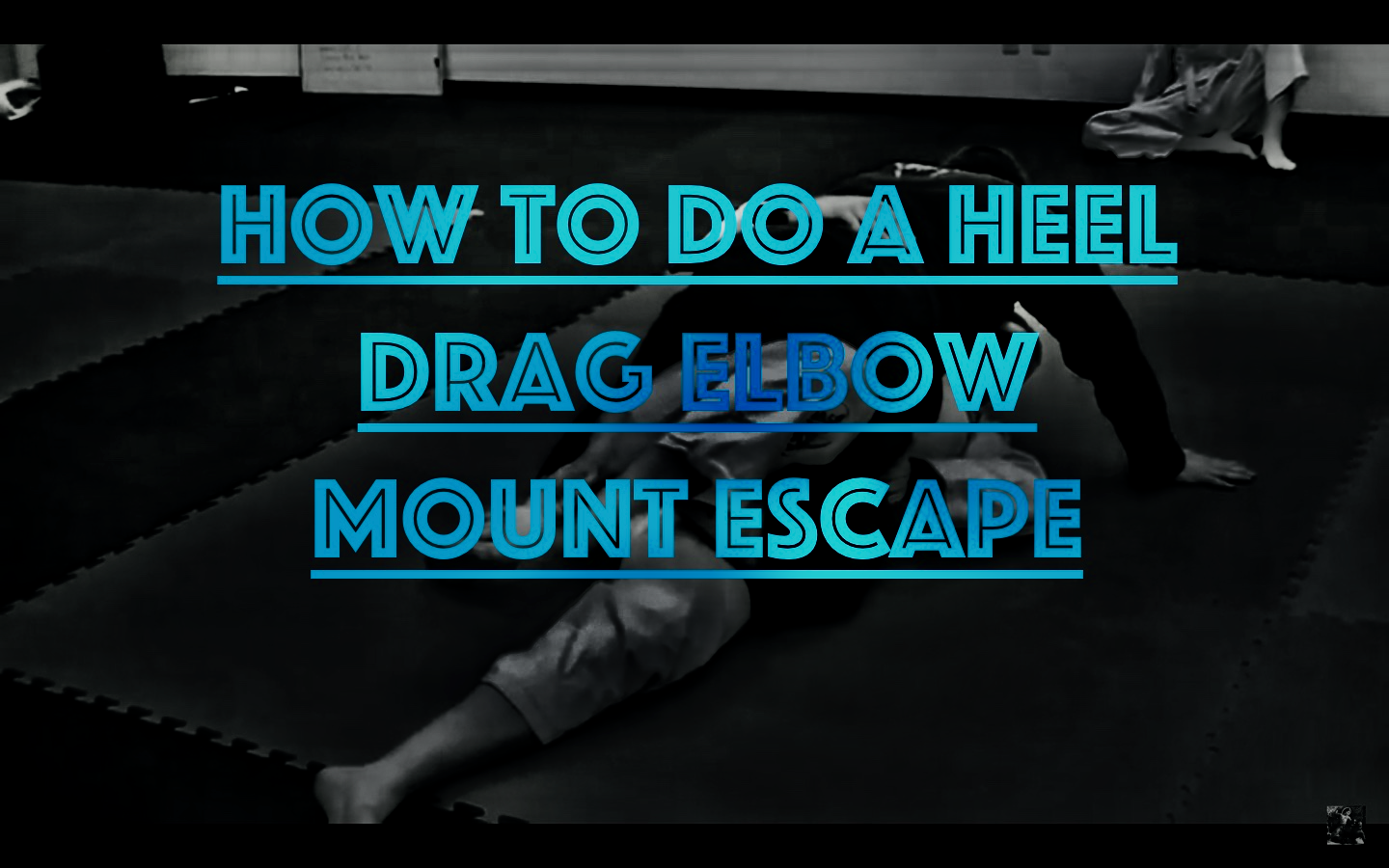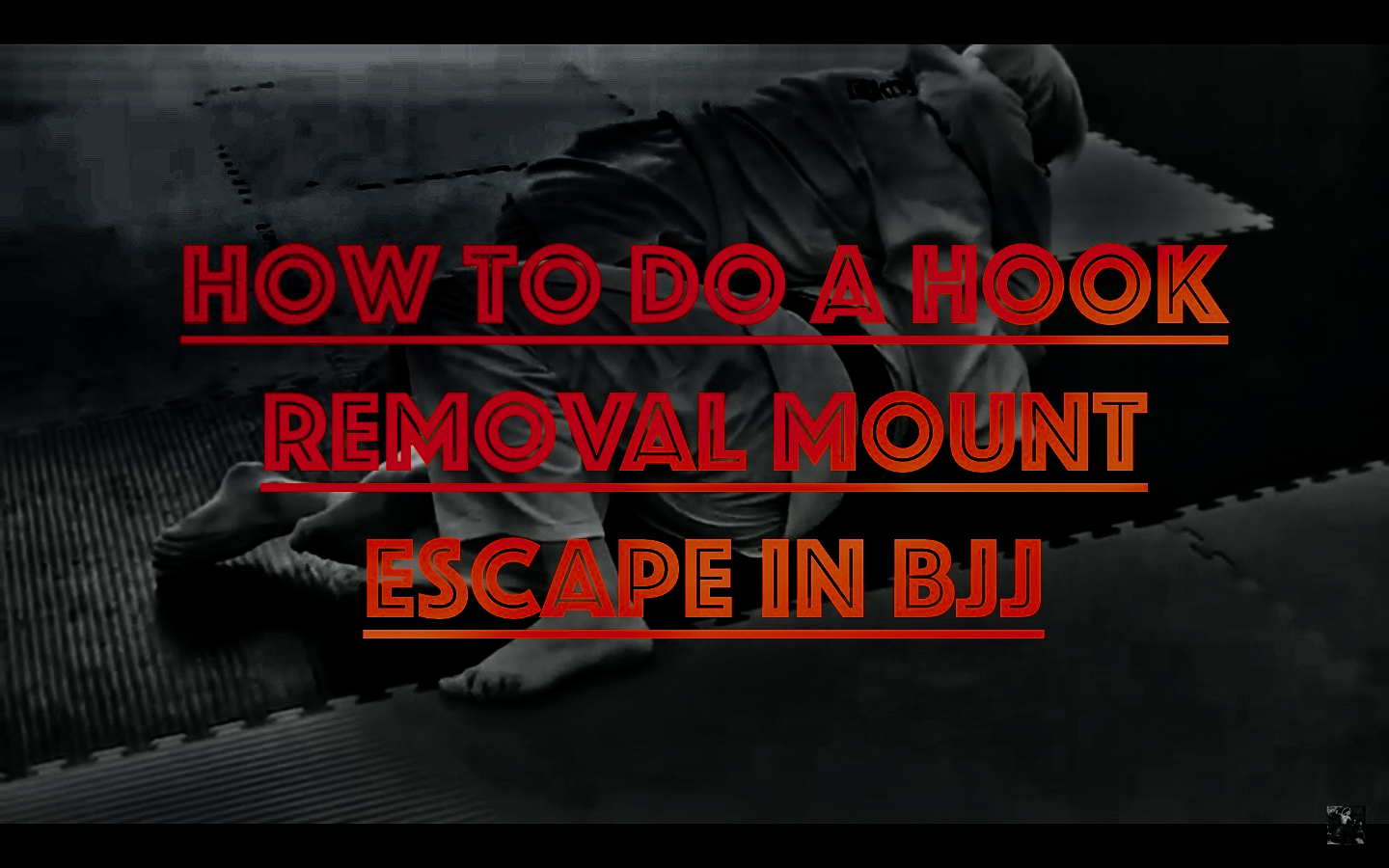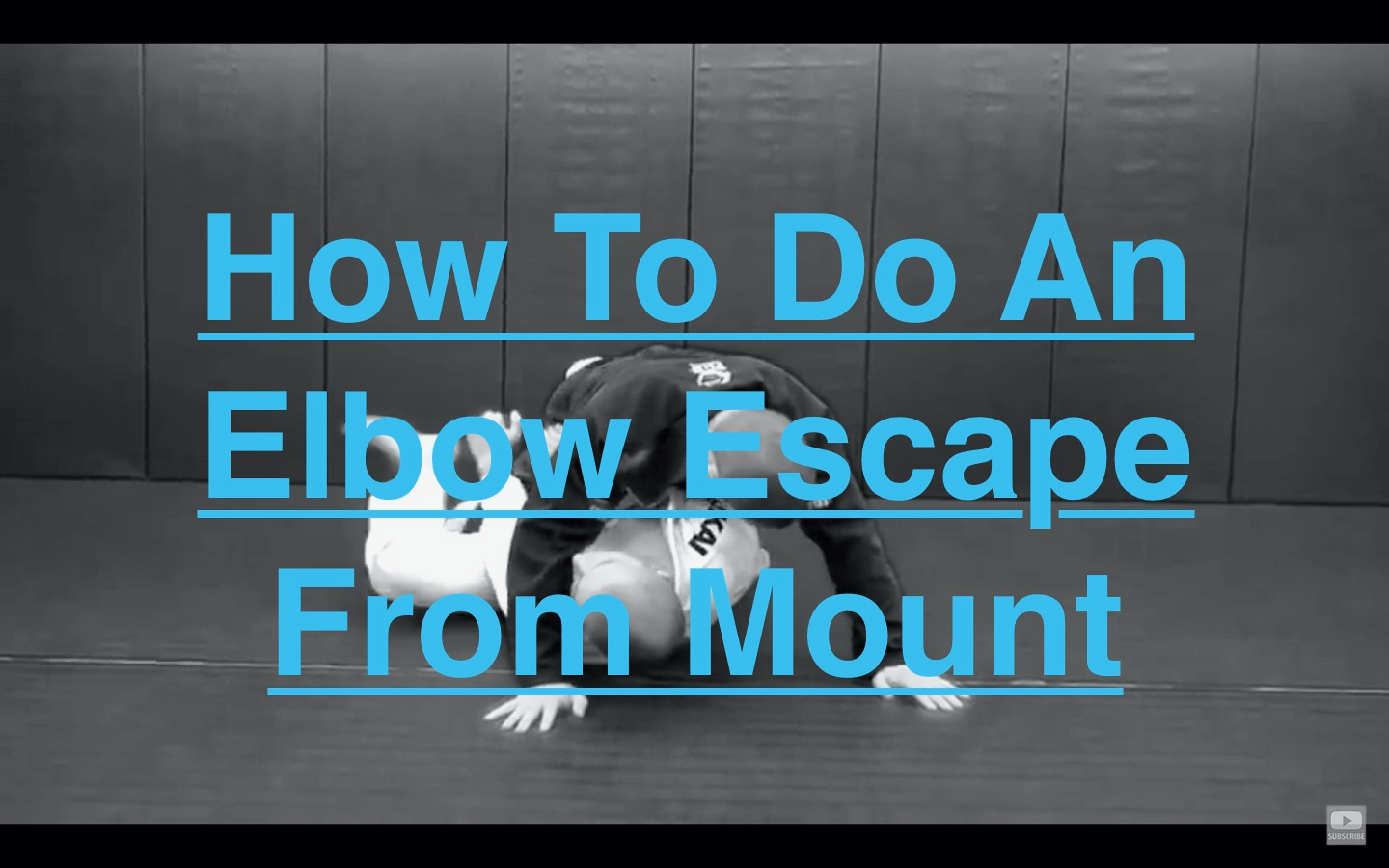
Escaping mount is one of the most important skills you learn from Brazilian Jiu-Jitsu. At its core, BJJ is a martial art, and you learn it in order to win a fight. There is no way you’re ever going to win a fight while your opponent is sitting on your stomach or chest and can rain down punches on you or (in a strict grappling match) is free to impose try submissions without exposing themselves to any threat.
That’s why a large portion of the Gracie BJJ blue belt test includes mount escapes like the Standard Trap and Roll Mount Escape, the Punch Block Trap and Roll Mount Escape, the Headlock Trap and Roll Mount Escape, the Standard Elbow Mount Escape, the Hook Removal Elbow Mount Escape, the Fish Hook Elbow Mount Escape, and this technique, the Heel Drag Elbow Mount Escape.
The Gracie BJJ blue belt test is in depth with mount escapes because it is essential that you have multiple options you can rely on to give you paths to escape the position, depending on how your opponent responds to your escape attempts. SundarBJJ points out that this heel drag elbow mount escape is a perfect response if your opponent fights the fish hook escape by shifting their weight onto the leg you’re trying to lift. That can be frustrating, but every situation in BJJ has options, and your opponent has just opened you up to the heel drag elbow mount escape.
Start: Mounted with opponent using a heavy knee to prevent you from escaping
Step 1: Circle your non escape side leg around opponent’s escape side ankle and bite down with knee as in figure four
Step 2: Switch hips towards non escape side to drag opponent’s heel towards center of your body
Step 3: Push opponent’s knee down further into trap
*Note: You can stop here to play a half guard bottom game*
Step 4: Swim escape side arm in front of opponent’s arm and around their head
Step 5: Shrimp towards escape side
Step 6: Brace opponent’s non escape side hip
Step 7: Drag non escape side knee in front of opponent’s hip
Step 8: Shrimp towards non escape side and recover guard
End: Full guard






